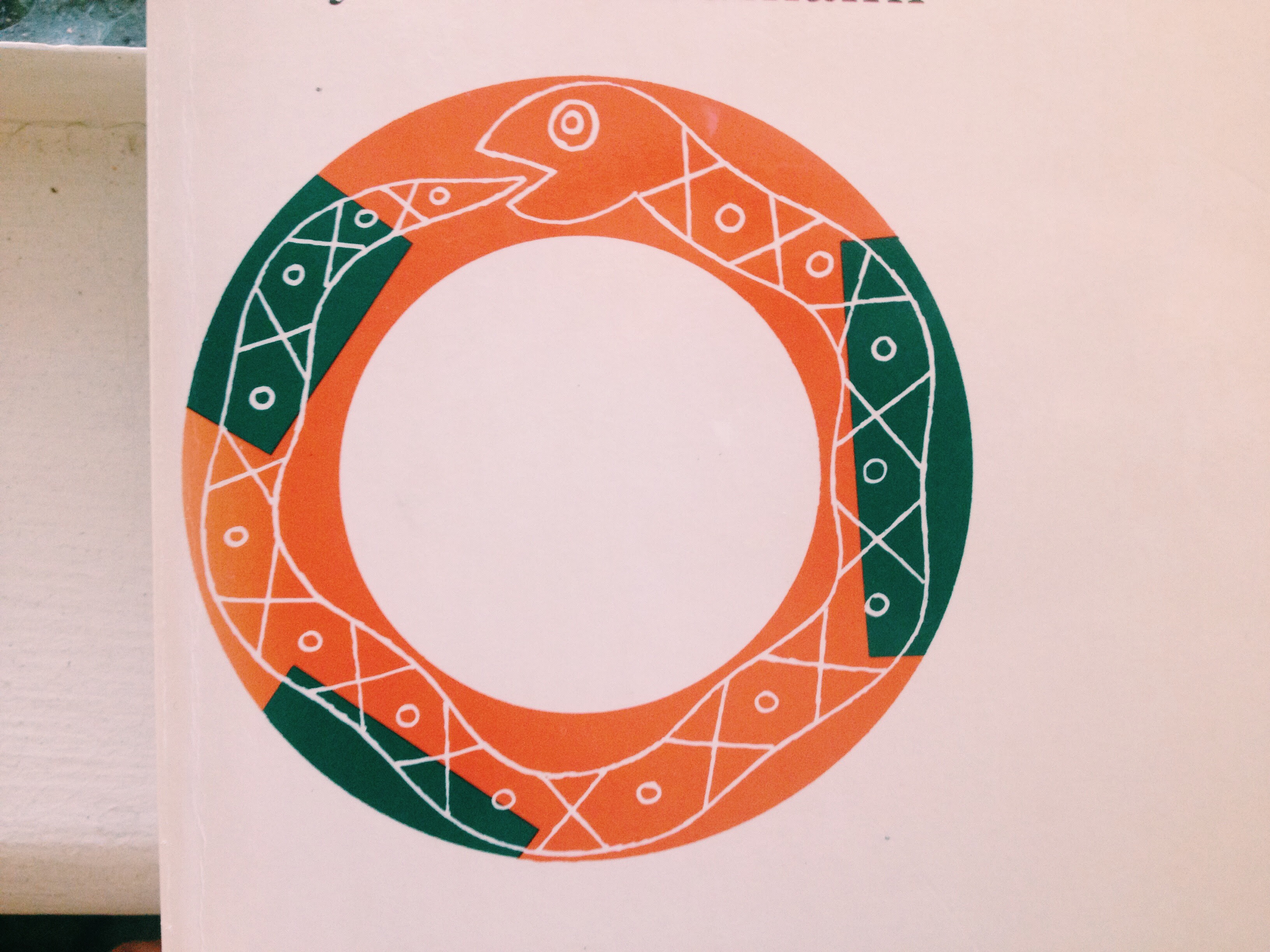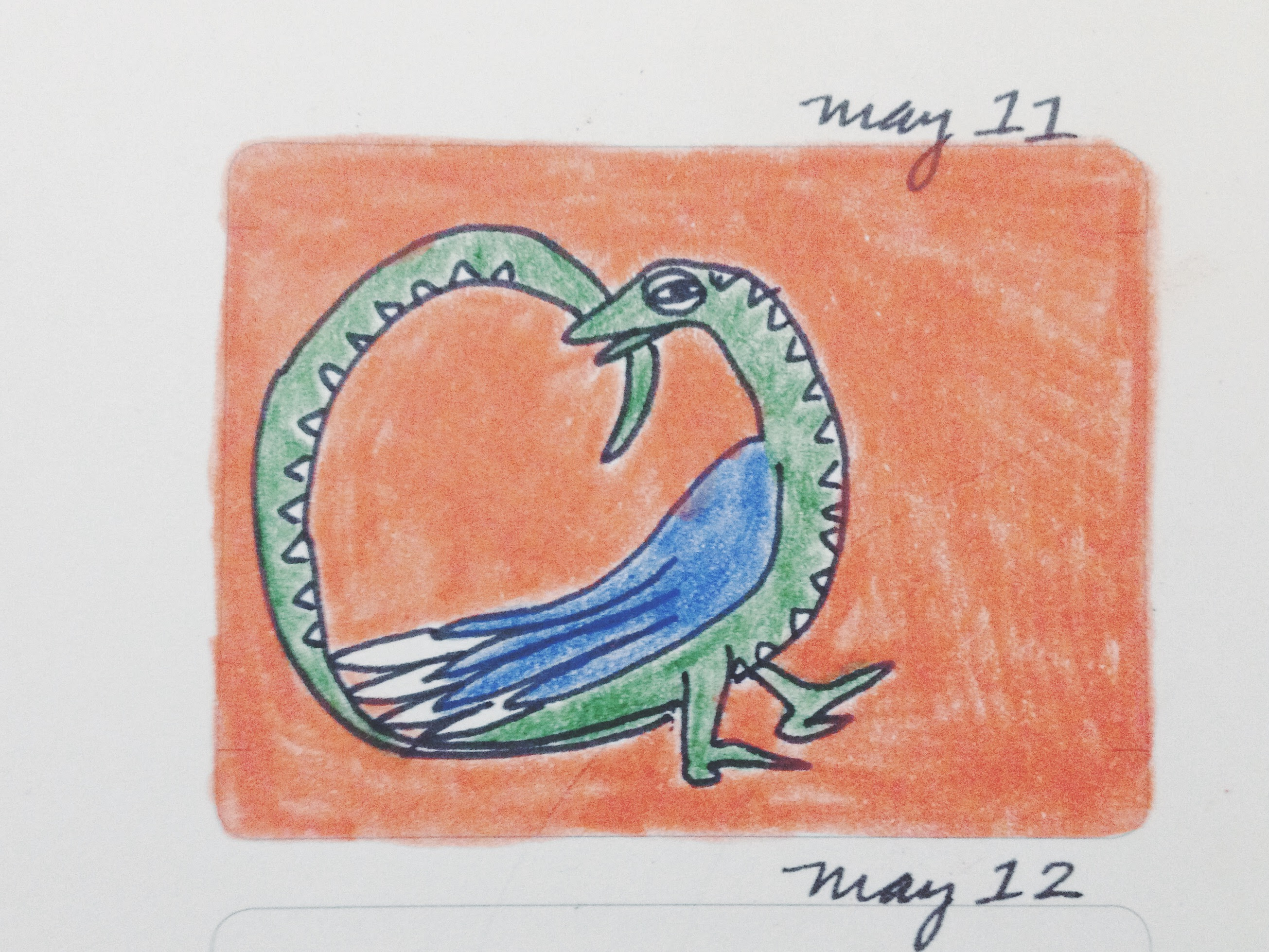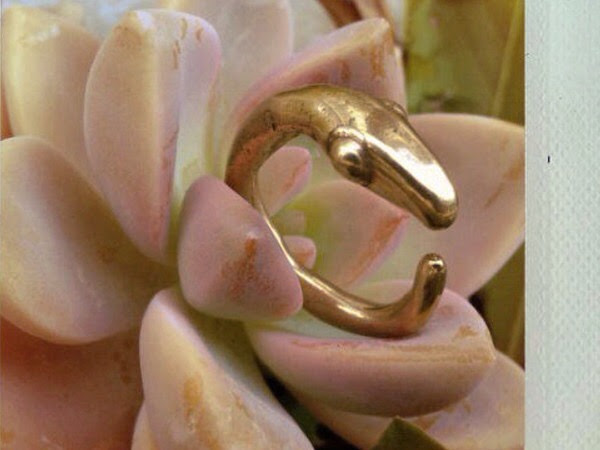<<<>>>
Breakwild Interview August 09 2017, 0 Comments
Amanda Espy is a rare gem in today's world of jewelry artisans. With the advancement of technology (machines and 3-D printing that can produce designs within seconds and in mass scale quantities) and the surplus of suppliers (it's simple enough to outsource jewelry pieces from suppliers in India, China, and the likes for less than $5 a piece), it is now uncommon to find local artists who fit within definition of an artisan:
Artisan
(noun) : a person that makes a high quality or distinctive product in small quantities, usually by hand or using traditional methods
Yet for Amanda, the process of handcrafting each of her pieces is not only one that adds great value to her jewelry line Ritual Gold, but it is a process that brings her deep joy. Her studies in psychology and as a scholar of Jungian studies led to her passion in studying symbols as a tool for transformation. This became the foundation for Ritual Gold, and each piece is hand-crafted after the ancient symbols that speak to Amanda's heart. The symbols are intended to speak a powerful message to the wearer, as a reminder.
I am excited to share Amanda's insights and Break Wild story with you this week (as well as an exclusive behind the scenes video of Ritual Gold!):
Hey Amanda! So that our readers can get to know you better, where are you from originally and where do you live now?
Amanda Espy: I moved from the wilderness of middle America to Los Angeles, where I still live today.
When did you Break Wild?
AE: 7 years ago I followed a heart pull and signed up for a class with a mentor. It was at the same time that I chose to attend grad school for psychology. I had no idea where it would take me, and I remember feeling vulnerable and excited.
What are 3 random (but totally awesome!) facts about yourself.
AE:
1. I make it to the mountains or the ocean almost every day.
2. I have a masters degree in psychology, have studied at the Jung Institute of Los Angeles, and have a published work on the impact of symbolism on contemporary America (I am a nerd).
3. My passion for jewelry pulled my grandfather into the process, so now I can work on projects with my family, which brings me deep joy.
Tell us the story of your beginning... Describe what was going on in your life before you made the leap to launch Ritual Gold?
AE: I knew that I couldn't live a life in the shape of what was mostly around me at the time. My spirit moved in a totally different way in the world than those I knew with successful workplace jobs. To be honest, I do not feel anyone would ever want me to work one of those positions, because of my disposition I work best in circles.
In my passion of studying symbols, I would think about how impactful it could be on an individual to be able to wear their symbol until they wore out the meaning. I imagined them telling the story to their children about that time in their life. This was the initial inspiration behind Ritual Gold.
What 3 skills helped you most when you were getting started?
AE:
1. My adaptability in understanding I was learning a new craft and I would make a lot of mistakes and need patience.
2. Asking questions to fellow jewelers and connections I made in the industry.
3. Capacity to spend hours on end doing a time-consuming and tedious methodology (loving the process).
Was there anything you wish you knew while you were getting started?
AE: How expensive mistakes would be.
What did you think your job would entail and what do you actually do on a daily basis?
AE: I didn't imagine the days spent traveling downtown, working my way through the maze of craftsmen, and explaining to clients that sometimes what they want is just not possible due to a stones crystallization growing a certain way, or the limitations of the craft.
What were some of the biggest fears or doubts you had when starting out?
AE: That the forms that came from a deep place within me wouldn't be valued or cherished by anyone else.
If you could give advice to yourself from 5 years ago, what would you tell yourself now?
AE:
THE ONLY WAY YOU CAN FORM A LIFE YOU LOVE IS BY EVERYDAY LEARNING THE WAYS TO CREATE THAT LIFE. YOU CAN PUT THE SAME AMOUNT OF ENERGY BUILDING AROUND A JOB YOU DON'T LOVE--- AND WHAT YOU END UP WITH IS A LIFE YOU DON'T LOVE. THE PROCESS IS THE SAME, IT ACTUALLY TAKES THE SAME AMOUNT OF WORK. THE ONLY DIFFERENCE IS WHAT FEELS SAFE VERSUS WHAT LIGHTS YOU ON FIRE.

I want everyone to know success is rarely if ever an overnight phenomenon. What leaps do you recall making that demanded you face fears you had about really making your vision a reality?
AE: I have been doing this for 7 years and I still feel I am a novice. Sometimes I meet someone who wants the image of where they imagine I am, and I ask them some serious questions about how they face failure, or messing up.
PEOPLE THINK SOMETIMES THAT I HAVE A TALENT THEY CAN'T ACCESS. THEY DON'T SEE HOW MANY TIMES I HAVE MADE SOMETHING THAT DIDN'T WORK, AND HONESTLY JUST TOOK A BREATH AND STARTED AGAIN.
What do you do daily – rituals, productivity tricks you have learned – that keep you focused, feeling like the best version of you and inspired to continue creating?
AE: I work out every day. I have a meditation practice, and a very humanistic group of friends. I try to get to the mountains or the ocean every day. I have giving practices (my psychology work), and I also make sure I have a lot of experiential fun.
One thing I’ve heard about new entrepreneurs is the work life often bleeds into home/personal life. Is this true for you? And how do you find peace within the life-work balance?
AE: It is true. At first I was overwhelmed by the endless to-do list. Over time, the constant pressure has given me the capacity to be in the present moment to a fuller capacity. I realized that the pressure and the lists would never end, and there would always be another task--- that realization bizarrely helped me relax and sink into what is in front of me.
What book you are reading right now?
"The Untethered Soul" by Michael Singer
Favorite quote?
"Real consciousness has to be based upon life experienced--- just talking about things is not enough." -Carl Jung
Who inspires you?
My grandfather. My breakfast crew (you know who you are). People who suffer and still chase joy, love, and fun.
What is the Best overall lesson you’ve gained from running your business?
Every artistic vision will touch some, but not all. I have to stay strongly tied to my vision and not waver based on what I feel others want out of me or what is happening in trends or society.
3 quick tips you would like to leave for anyone wishing to Break Wild and pursue their dreams?
Seek mentors and ask questions. Stay tied to your heart and your vision.
AND LOVE THE PROCESS, IT'S THE ONLY THING THAT'S GUARANTEED.
Uroboros June 06 2015, 0 Comments
|
|||||||||
|
|||||||||
|
Symbols+Transformation May 15 2015, 0 Comments
by A.E.
In the symbol the world itself is speaking. (as cited in Jung, 1990, p. 173)
Symbols are powerful. Not in the authoritarian or controlling sense of the word power; but in their ingenuity, artistry, and effectiveness. “The mind opens itself to symbolization and the body becomes a field for a common language,” (Castellana, 2005). Through symbolism, real communication is possible. Sans-symbolism is a trap like that of Narcissus; a person never fully in communication with the other, but instead hearing fragmented echoes of what they themselves project outwards. “A real colloquy becomes possible only when the ego acknowledges the existence of a partner to the discussion,” (Jung, 1990, p. 132). To fail at the task of symbolization creates symptoms of immobilization: feeling stuck, depression, and a vast array of traps.
If movement and breath is to be found again, one must be able to give form to the symptom. As a creative object outside of oneself, the symbol can be contemplative and experiential.
"The object in itself, in its materiality and concreteness, is necessary in that it provides an opportunity for the imagination to attune to the intellect. Matter attracts, and through sensation makes possible the existence of a form on which intellect, the principle of order, can act. Thus something at first so subjective as to be inexpressible becomes communicable," (Castellana, 2005).
A symbol contains simultaneously a desire and an answer.
“When his internal reality is consciously externalized, the external reality emerges, followed by a reconsideration and revaluation of that reality,” (de Alvarez de Toledo, 1996). The act of physically creating symbols creates an answer to the symptom, and a space where choice enters and action is again a potential. To the person stuck in idealism or fantasy, the act of creative symbol-making through any medium seems too simple to have any effect. Paradoxically, it seems that through exposure of the inner reality to the external life through symbol-making, experience of inner satisfaction is possible.
The inability of an individual to form symbols (through creative expression), seems to derive from a fear of the symbol’s innate power. Generally this fear is given an explanation, from the perspective of the polarizing ego, that it is irrational to believe the simple act of creating a symbol can be integrative. Fear of an idea which is not a consciously-held belief can be understood through the concept of a shadow aspect of self. Jung states that the shadow is, “tendencies that might in some circumstances be able to exert a beneficial influence are transformed into demons when they are repressed.” He goes on to say that, “this is why many well-meaning people are understandably afraid of the unconscious, and incidentally of psychology,” (1964, p. 93). “The shadow is a living part of the personality and therefore wants to live with it in some form. It cannot be argued out of existence or rationalized in harmlessness,” (Jung, 1990, p. 20). The shadow will not disappear.
Integration is achievable through the creative communication of all aspects of self (symbol-making). In the context of symptomatologies, desires which the ego conceives of as negative find a place in the unconscious shadow of the psyche. “When a desire has to be given up because of conflict and repressed, it may express itself in a symbolical way, and the object of the desire which had to be given up can be replaced by a symbol,” (Segal, 1957). By replacing the object of desire with a symptom, an individual can still maintain their connection with the object of desire. Conscious symbol making through art, however, gives the individual a position of being able to contemplate their desire and provide a space in which to unmask the unconscious. Artistic symbol-making is a position of active engagement with the unconscious. “It is the difference between communion and possession,” (Kipnis, 2012). The artist who consciously engages with the unconscious is actively engaging in choice and the transcendent function which is described by Carl Jung as follows:
"When there is full parity of the opposites, attested by the ego’s absolute participation in both, this necessarily leads to a suspension of the will, for the will can no longer operate when every motive has an equally strong countermotive. Since life cannot tolerate a standstill, a damming up of vital energy results, and this would lead to an insupportable condition did not the tension of opposites produce a new, uniting function that transcends them. This function arises quite naturally from the regression of libido caused by the blockage," (Jung, 1971, par. 824).
Ignoring the shadow is to be, “unwilling to accept life’s challenge to live both the good and the bad,” (Henderson, 1964, p. 121). Refusing to integrate the shadow is to refuse being fully alive. To consciously live out shadow through creative interaction with symbols under the direction of the ego is to allow oneself a creative and whole life.
REFERENCES:
Castellana, F., & Donfrancesco, A. (2005). Sandplay in jungian analysis: matter and symbolic integration. Journal of analytical psychology, 50(3), 367-382.
de Alvarez de Toledo, L. (1996). The analysis of ‘associating’‘interpreting’ And ‘words’: use of this analysis to bring unconscious fantasies into the present and to achieve greater ego integration. International journal of psycho-analysis, 77291-317.
Jung, C.G. (1971). Psychological types. The collected works of C.G. Jung. Princeton, NJ:Princeton University Press.
Jung, C.G., von Franz, M.-L., Henderson, J.L., Jacobi, J., Jaffe, A. (1964). Man and his symbols. London, England: Aldus Books Limited.
Kipnis, A. (2012, April). Presentation Pacifica graduate institute, Carpenteria, CA.
Segal, H. (1957). Notes on symbol formation. International journal of psycho-analysis, 38391-397.







